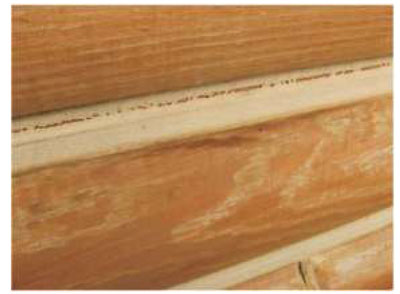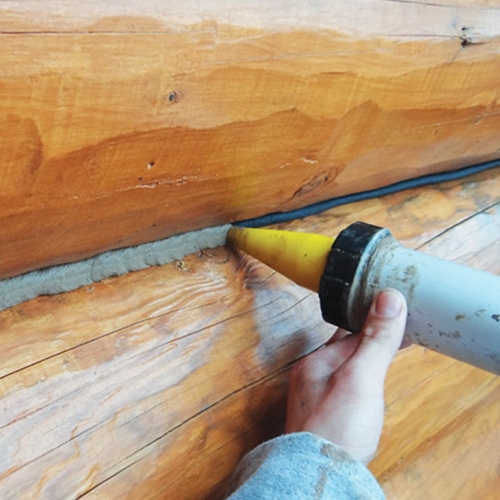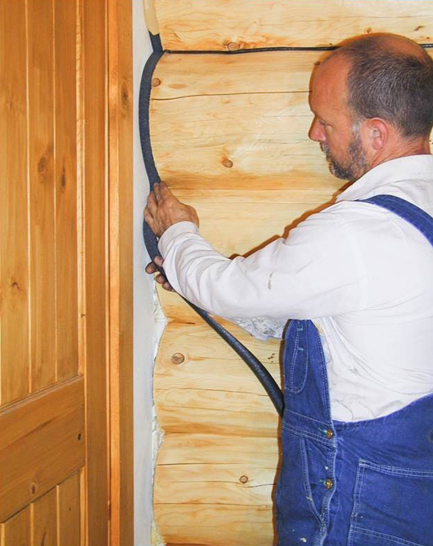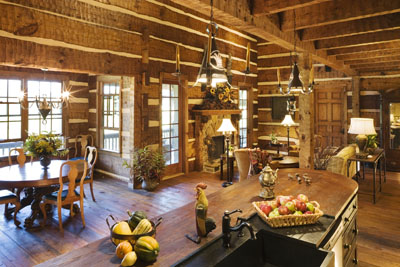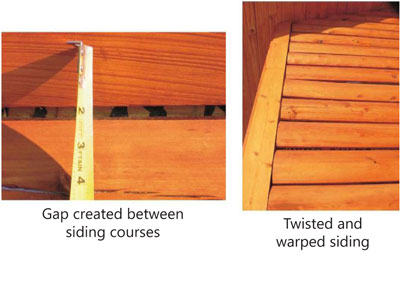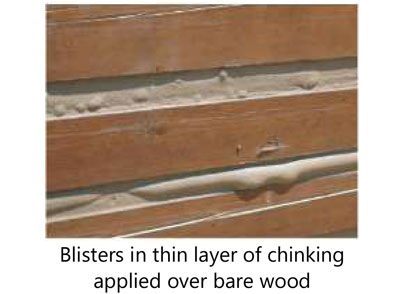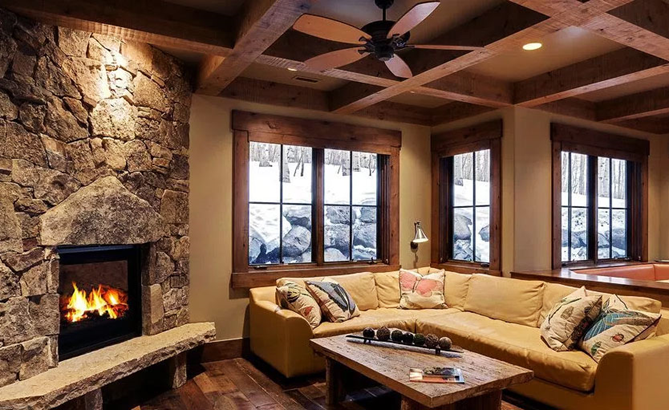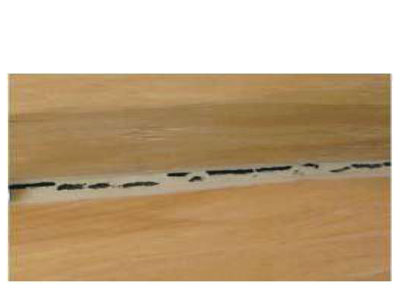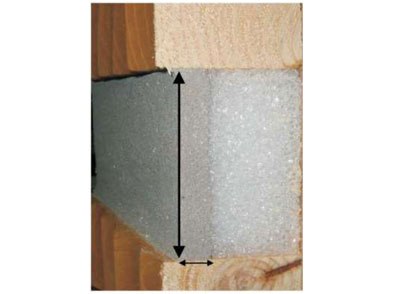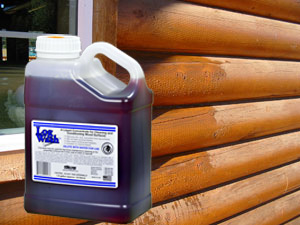Permachink Seam Between Floor And Wall

This gap is called a cove joint and the reason there is a gap between the wall and the floor is simply because of the way that the foundation of the home got poured.
Permachink seam between floor and wall. Caulk seals seams between tile and fixtures or walls. Caulk provides a waterproof seal where tile abuts other materials such as bathtubs sinks or walls. Unfortunately you can t just seal the gap between your basement floor and wall to fix it. Learn why not and the best options for keeping water out of the cove joint by reading below.
Sep 30 2015 by matthew stock. Remove any dirt or debris from the joint between the floor and the wall using a wire brush and then sweep along the base of the wall with a stiff bristle broom to remove any remaining loose dirt and debris. Prevent most blisters by making sure to trowel all air out of seams in multi bead applications. Similar to the gap that can exist between your wall tile and tub you may have a space between the floor and your bathtub.
Perma chink is a better choice when. This gap may widen over time as your home shifts. Clean the joint and about a foot of adjacent wall and floor space with a concrete degreaser using a scrub brush to remove oil deposits. Basement waterproofing is a fairly simple business in a way we find the leak we fix the leak.
This joint where your basement wall and floor meet is known as a cove joint. The d i y video how to seal a big gap between tile floor and tile wall in a bathroom or shower. Of course there s a lot more to it than that otherwise everybody would be doing it. This doesn t happen because the wall itself is leaking water or because the basement floor has low points around the edges.
Energy seal is an excellent choice for use in sealing around doors and windows butt joints corners and junctions between log walls and other surfaces such as beams rooflines or framed walls. Don t seal the gap between basement wall and floor to keep out water. It exists due to the way that a home s foundation is poured. What is a cove joint.
Sep 25 2012 by matthew stock. If newly applied chinking is exposed to sunlight and begins to blister the effect can be minimized by shading the walls with white tarps for the first 1 2 days. Many log homes are designed manufactured and constructed with chinking an integral part of the building envelope. One of the most common places to find water in a residential basement is in a puddle right next to the wall.
A carefully run line of caulk known as. It is not uncommon for the basement in a home to have a gap between where the floor and the walls meet around the perimeter of the foundation. Avoid application in direct sunlight on south and west walls.
